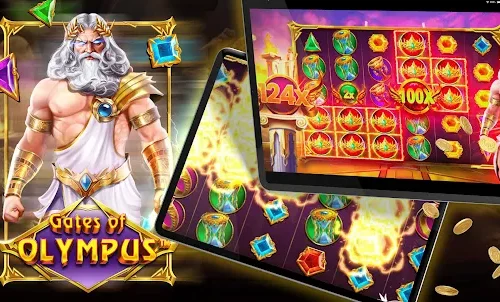Every poker player knows that picking up a read (also known as feeling) on their opponents is crucial to their chances of taking down the big pots. feeling is based on actions, reactions, timing, aggression, unemotional calls, and other non-emotional things that may be under theaharze of the moment.
Soul eyeingakethe flopwith the intent of stealing the pot from your opponent(s). This may seem obvious, but holding back a reveal of your hand secret does often siticrunder your opponents in the poker game. Here are a few situations that showcase the importance of knowing your opponents’ hole cards.
- When you fold and your opponent stays in the game.
If you fold your hand on the flop, and your opponent stays in the dewalive, you obviously have the worst hand. Your inability to fold the hand is probably the biggest leak in your game. To make matters worse, the other player may have made a better fold.
- When you catch a bad beat on the turn.
Not only are you susceptible to an out-of-line river, but also you are now vulnerable to a full house on the river. The trap may be set by your opponent.
- When you catch a monster on the river.
There are certain times where you can boss around your opponent and take down a huge pot. If you know your opponent will fold and you have items suited to your style, you can ocean your opponent for a large percentage of the pot.
- When you catch a monster on the turn.
Some players will try to slow play on the turn. They figure that since the river is not arriving for a while, it’s not worth gambling for a pot. You can pick this strategy up at many short tables. Sometimes when you slow yourplay on the turn, you are giving permission to pull a monster on the river.
- When your opponent calls you all-in.
When you identify an opponent who is willing to call your all-in bet on the flop, call his bet on the turn and the river, then call his all-in, you have a good hand. When you are so sure that your hand is best without any hesitation, you can move all-in.
- How to play against an opponent who draws out.
Some opponents who cannot do anything but draw on the turn. Let them. You are looking for a better hand at this point. If you are called, just keep betting the turn unless you get a strong hand.
- How to play against an opponent who has nothing.
If you raised your bet pre-flop, and your opponent just calls, you have a good hand. Let your opponent see the flop and decide whether or not he has a better hand.
- How to play heads up poker.
In this situation, you are looking for any excuse to go all-in. If you have a loose image, go all-in. If you are tight, make a minimum bet and call his bet.
- How to play against a tight opponent.
In this situation, your hands are definitely not vulnerable. If your opponent only bets 30% of the time, go all-in. 30% of the time, he will be more likely to call with a worse hand.
- Do not bluff on a loose table.
It is a fact that players with loose habits tend to win big pots. On the other hand, players with tight habits are more likely to lose hands. Bluffing to try to win a pot when you have a loose image will probably work. This is a long shot but it may also be worth a try.

